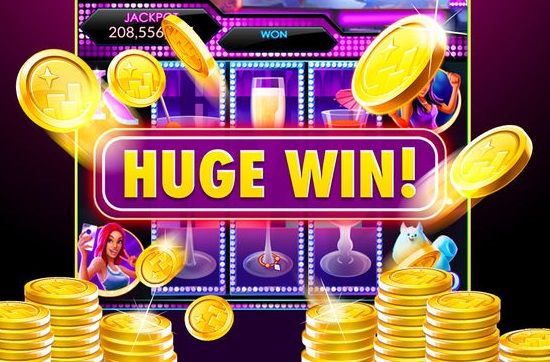


constantly changing meter, often displayed on large LCD or LED displays.relative novelty of progressive jackpots (generally, only a small fraction of the house's gaming machines will be connected to a progressive jackpot).The house is prepared to contribute some of the profit of a jackpot linked machine because players are attracted by the: įor example, on a machine whose house edge is 5%, a generous jackpot contribution might be 1% (one fifth of the expected profit). After a player wins the jackpot, the jackpot resets to a preset minimum level. A machine offering a progressive jackpot usually displays the amount of the jackpot, rather boldly, to attract players.

The amount by which the jackpot advances is set by the casino ("the house"). The amount of the jackpot increases by a small amount for every play on any connected machine.

On February 1, 1987, a player won the first progressive jackpot, which amounted to the sum of $4,988,842.17. Every time a player participated in the jackpot but did not hit it, a part of the winnings was accumulated to the main jackpot, growing without limit. The first progressive slot machine was Megabucks, developed by International Game Technology (IGT). Progressive jackpots were first introduced in large casinos in 1986. Various television game shows have also featured progressive jackpots. After each drawing in which the jackpot is not won, a large amount of money is "carried forward" to the jackpot for next drawing. Many lotteries feature progressive jackpots. Often multiple machines are pooled or linked together to form a larger progressive jackpot which grows more quickly because more non-winning plays can be counted toward it. The jackpot increases by a small predetermined amount each time the game is played. Many slot machines and video poker machines feature a progressive jackpot. When the progressive jackpot is won, the jackpot for the next play is reset to a predetermined value, and resumes increasing under the same rule.


 0 kommentar(er)
0 kommentar(er)
